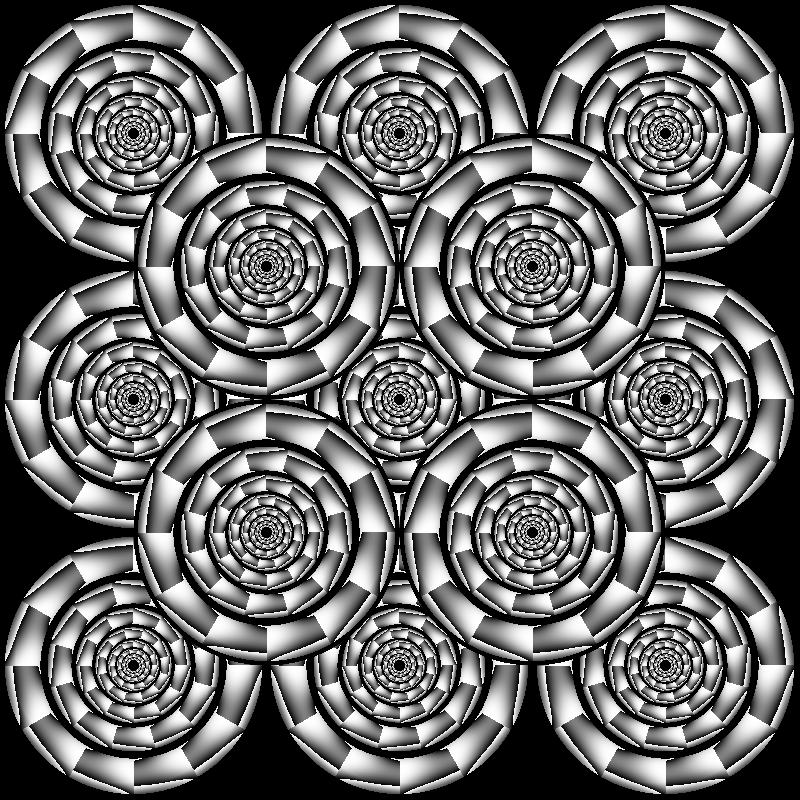N=2の生命
我々人類は生命を一つの形態でしか知りえません。地球上のすべての生物は一つの種の子孫であり、生命の起源は一つだと考えられています。科学者の立場からすると、これはとても厄介な事象です。N=1のサンプルサイズを持つ科学は極めて限られた可能性の空間しか探索していないと言えます。過去と現在のすべての生物のゲノムを解読し、DNAと環境が生物の行動にどのように影響を与えるのかすべてを知り尽くしても、生命の本当の可能性のほんの一部を知ったことにしかなりません。生命はどれほどの計り知れない多様性の余地を持っているのでしょうか?
私たちがN=2となる、異なる形態の生命を見つけるには、以下の3つの方法が考えられます
1. 宇宙の他の場所で発見する
2. 地球上で発見する
3. コンピュータシミュレーションで構築し、進化させる

Where will we first find N=2?
宇宙生物学は一つ目の挑戦を模索する手段を模索します。私は特に「不可知論的生命存在指標」に注目しています。それは宇宙領域において生命が存在しているということ(生物存在指標)と生命の種類とは独立していること(不可知論)を手掛かりとします。
この地球上で生命が最初の試みで成功した、という可能性は極めて低いと言えるでしょう。少なくとも一つの初期の生命形態が完全な絶滅から守られるほどに増殖するまで、時間と物理的な空間をまたいで何度も挑戦が行われたということが考えるのが妥当でしょう。
それでは、この、何度も行われたであろう他の試みはどうなったでしょうか?すべて絶滅したかもしれないし、一部は今日まで生き残っているかもしれません。まさに今、新しい初期の生命形態が定期的に現れては消えていく可能性さえあるかもしれません。
もしもその「別の生命形態」が存在している場合、それらをどのように検出することができるのでしょうか?宇宙で生命を探すことは針を干草の中から探すようなものであるとすると、この「影の生命圏」を検出することはピンの山から針を見つけるようなものかもしれません。
宇宙の生命存在指標と「影の生命存在指標」の両方において、私たちは私たちが知っている生命に基づく仮定に頼ることはできません。これによって検出できるのは、私たちが知っているものに類似した生物のみだからです。これらの発見は非常に興奮すべきものであるかもしれませんが、生命の可能性の多様さに対してそれらの発見が私たちの理解に与える影響は限定的である可能性があります。そのため、私は通常よりも少ない仮定を持つ非伝統的な生命の定義により興味を持っています。科学の各分野で単一の生命の定義についての合意は取れていません。多くの定義は、生命と見なすためにシステムが満たすべきルール一覧で示されますが、そのようなルールにはすべて例外があります。”生命”は、実際の生物によって満たされるかどうかが不確かな条件の数々を持つ放射状のカテゴリです。既知の例外の数を考えると、未知の例外の存在はそれほど驚くべきことではありません。コンピュータシミュレーションは、異例のシナリオを探索し、ある程度まで可能性と不可能性を区別できる優れたツールです。
人工生命(Artificial Life)は、生物の原理を模倣し、人工的な基盤でその原理を理解しようとする科学分野です。これらの基盤は物理的、化学的、生物学的、文化的であることがあり、もちろんコンピューター生成のものであることもあります。私は研究の一端で、生命の一部のルールに従いながら、その他のルールからは解放された生物のグループをシミュレートしています。人工生命の分野全体として、まだ広く「生命」と認識される人工的なシステムを生み出してはありませんが、既存の生物を純粋に模倣することでも、より異なる形態の生命を模索するための出発点を提供してくれます。
では、N=2(第二の異なる生命形態)はどこで最初に発見されるでしょうか?宇宙でしょうか?それとも地球上、深海や誰かの庭の下の岩の中でしょうか?それともコンピューター上でしょうか?私の個人的な信念は、既存の生命さえも人工的に再現できる方法で定義できず、他の種類の生命が地球上に存在するかどうかさえ言えないとすれば、宇宙で生命を見つけることはほぼ不可能に思えるということです。しかし、これらの未知の要素を考慮すると、宇宙全体にただ1つの生命形態しか存在しないと主張することも飛躍しすぎているように思います。
Projects
Related News
Planetary Scale Replication as an Agnostic Biosignature
同じリサーチエリアの別プロジェクト
Cybernetic Intelligence
人間とAIロボットとの関係性を問いかける体験型インスタレーション
ゴールベース資産運用プラットフォーム
人とAIの協動によるストレスフリーなカスタマーサービスの実現へ
大規模データ解析ツール
Fundamental Research
ゴールベース資産運用プラットフォーム









